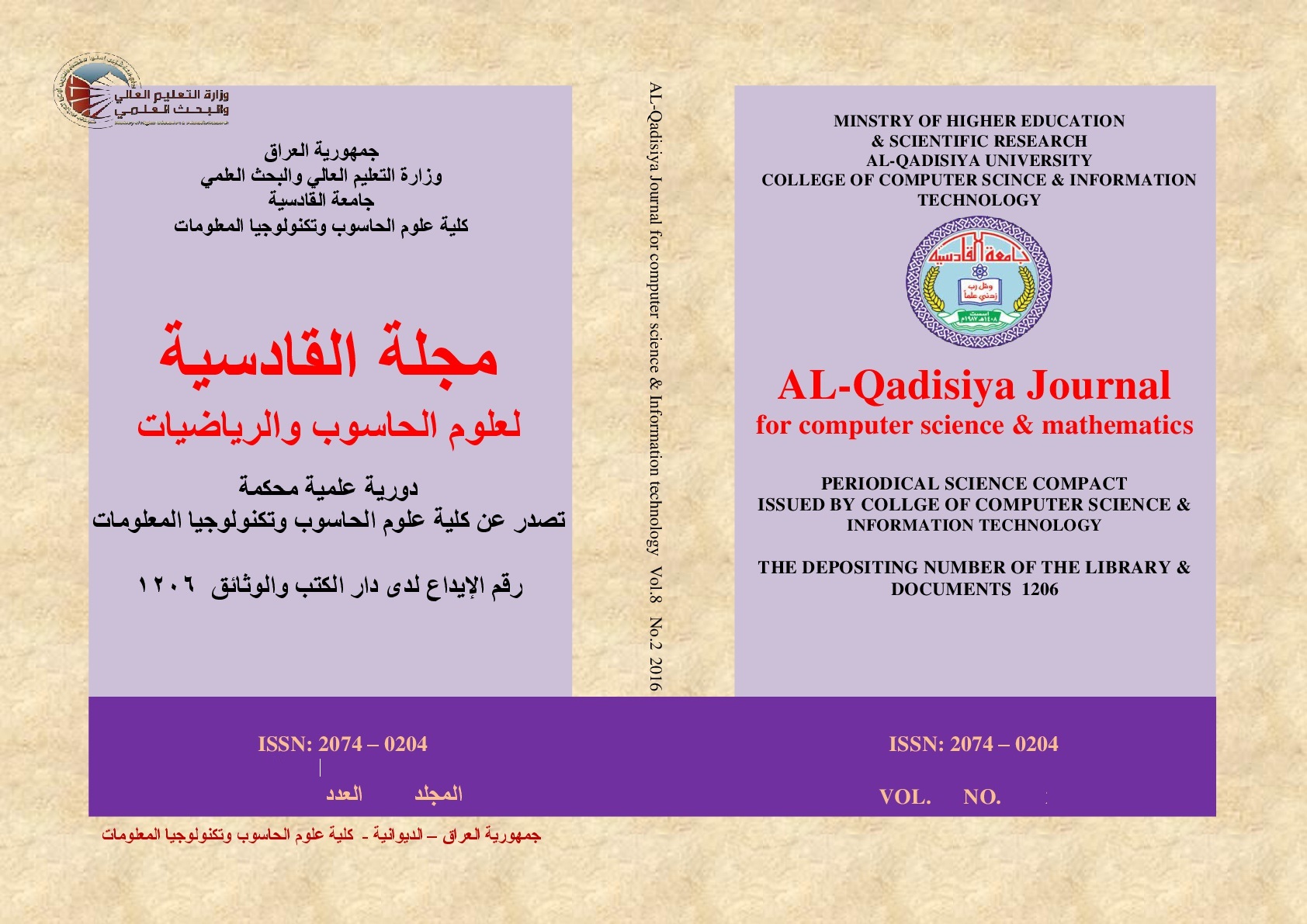Bi-Conjugate Gradient Method for Solving Positive Triangular Fully Fuzzy Linear Systems
DOI:
https://doi.org/10.29304/jqcsm.2025.17.32439Keywords:
Numerical Optimization, Fuzzy Number, Bi-Conjugate Gradient MethodAbstract
Fuzzy linear systems play an important and efficient role across various domains such as mathematics, engineering, physics, chemistry, economics, statistics, and so on. Dealing with these kinds of systems in the real world is still very hard. This paper suggests a new way to solve fully fuzzy linear systems quickly using the Bi-conjugate gradient method . The method builds a one-block rate matrix and lets it skip fuzzy arithmetic operations. The focus is on systems in which both the coefficients and the variables are fuzzy, aiming to produce positive results even under highly uncertain conditions. The algorithm is efficient in solving FFLS, requiring only a few iterations and converting the system into a crisp linear system first. To test the validity of the proposed method, we ran three numerical experiments, which confirmed its effectiveness and robustness. Unlike Jacobi or Gauss-Seidel, this proposed method has more efficient and quicker convergence. It is most applicable for FFLS when there are stringent demands on precision and system parameters are uncertain.
Downloads
References
M. Friedman, M. Ming, and A. Kandel, "Fuzzy linear systems," Fuzzy sets and systems, vol. 96, no. 2, pp. 201-209, 1998.
S. Abbasbandy, A. Jafarian, and R. Ezzati, "Conjugate gradient method for fuzzy symmetric positive definite system of linear equations," Applied mathematics and computation, vol. 171, no. 2, pp. 1184-1191, 2005.
M. Dehghan, B. Hashemi, and M. Ghatee, "Computational methods for solving fully fuzzy linear systems," Applied mathematics and computation, vol. 179, no. 1, pp. 328-343, 2006.
M. Dehghan, B. Hashemi, and M. Ghatee, "Solution of the fully fuzzy linear systems using iterative techniques," Chaos, Solitons & Fractals, vol. 34, no. 2, pp. 316-336, 2007.
T. Allahviranloo, S. Salahshour, and M. Khezerloo, "Maximal-and minimal symmetric solutions of fully fuzzy linear systems," Journal of Computational and Applied Mathematics, vol. 235, no. 16, pp. 4652-4662, 2011.
A. Kumar, Neetu, and A. Bansal, "A new approach for solving fully fuzzy linear systems," Advances in Fuzzy Systems, vol. 2011, no. 1, p. 943161, 2011.
A. Kumar, Neetu, and A. Bansal, "A new computational method for solving fully fuzzy linear systems of triangular fuzzy numbers," Fuzzy Information and Engineering, vol. 4, no. 1, pp. 63-73, 2012.
A. Kumar, A. Bansal, and N. Babbar, "Fully fuzzy linear systems of triangular fuzzy numbers (a, b, c)," International Journal of Intelligent Computing and Cybernetics, vol. 6, no. 1, pp. 21-44, 2013.
M. Otadi, M. Mosleh, and S. Abbasbandy, "Numerical solution of fully fuzzy linear systems by fuzzy neural network," Soft computing, vol. 15, no. 8, pp. 1513-1522, 2011.
K. Dookhitram, M. Sunhaloo, N. Rambeerich, A. Peer, and A. Saib, "A Preconditioning algorithm for the positive solution of fully fuzzy linear system," Journal of Fuzzy Set Valued Analysis, Article ID jfsva-00123, 2012.
R. Ezzati, S. Khezerloo, and A. Yousefzadeh, "Solving fully fuzzy linear system of equations in general form," Journal of Fuzzy Set Valued Analysis, vol. 2012, pp. 1-11, 2012.
G. Malkawi, N. Ahmad, H. Ibrahim, and B. Alshmari, "Row reduced echelon form for solving fully fuzzy system with unknown coefficients," Journal of Fuzzy Set Valued Analysis, vol. 2014, pp. 1-18, 2014
Downloads
Published
How to Cite
Issue
Section
License
Copyright (c) 2025 Sirwan Sherko Rasheed, Ivan Subhi Latif

This work is licensed under a Creative Commons Attribution-NonCommercial-NoDerivatives 4.0 International License.













